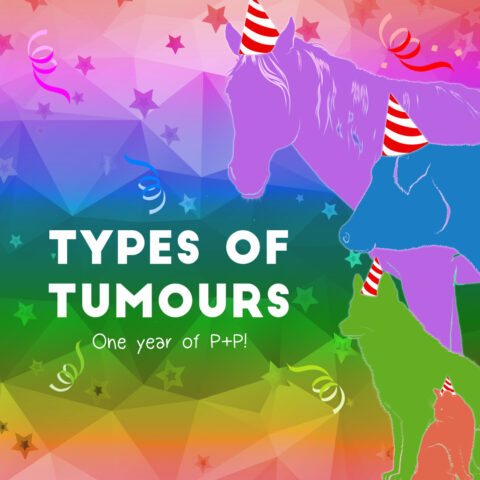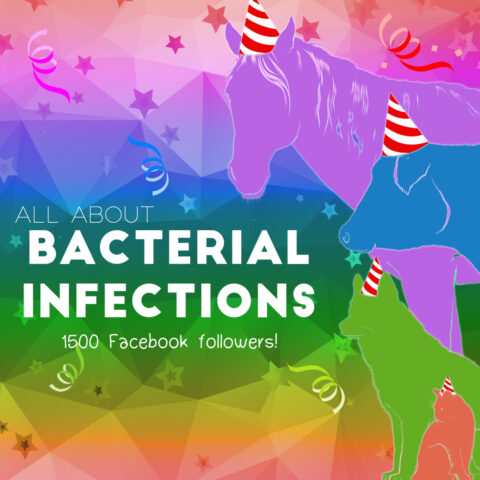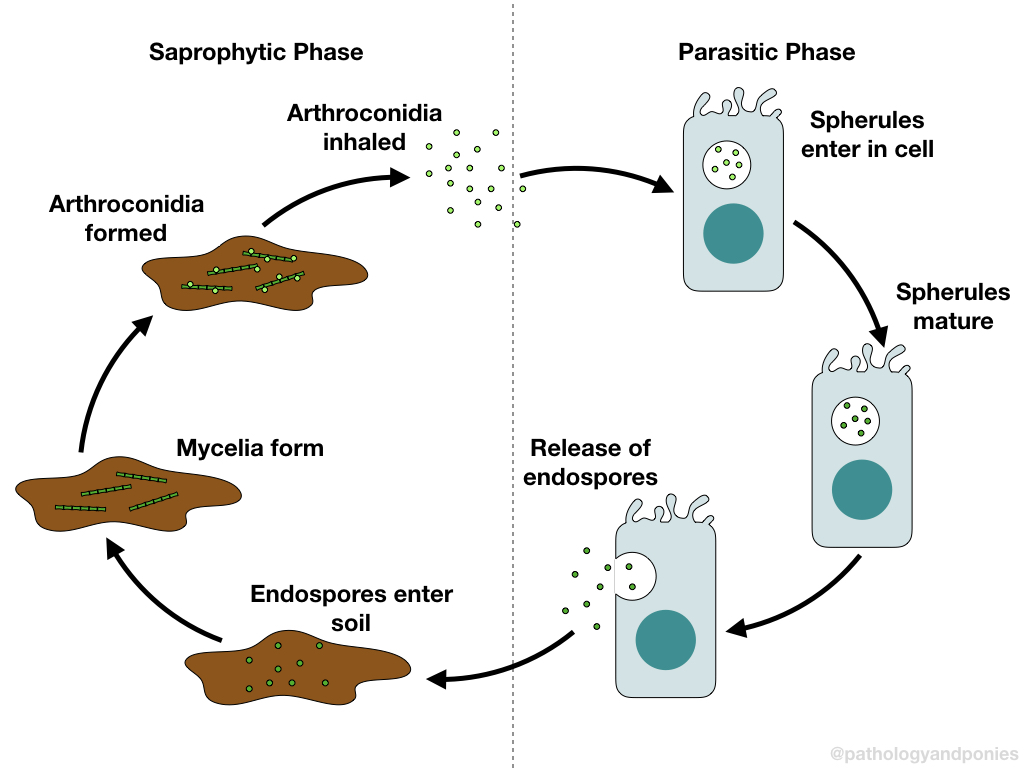
We’ve hit 1500 followers on Facebook! 🎉 This week’s posts will be all about how different kinds of pathogens (disease-causing agents) actually cause disease. Today’s post is on fungal infections!
What are fungi?
It used to be thought that fungi were a type of plant, however we now know that they are an entire kingdom of organism all on their own! Fungi acquire nutrients by releasing enzymes into the environment, which break down their surroundings and free up nutrients for the fungus to absorb. The infectious fungi are usually yeasts or molds, not the mushrooms that we most commonly think of when we hear the word “fungus”!
Most fungi that cause disease are dimorphic, meaning they have two basic life stages: a parasitic phase within the host and a saprophytic (soil-based) phase. As the fungi progress through their life cycle, they produce two major structures: arthroconidia and endospores. Arthroconidia are the infectious form of the fungus, which sets up shop in the host. In the host, endospores are produced and released, contaminating the environment and allowing exposure to new hosts.
This might seem a bit odd for a pathogen to do… why put effort into having two distinct life stages instead of focusing on one? This actually allows the fungus to be very flexible in terms of its living conditions. With dimorphic fungi, they actually do not need to move between the life stages in order to reproduce. For example, arthroconidia can repopulate the fungi in the soil, and endospores released within the host can cause new areas of infection. Therefore, these fungi can keep on surviving, even if one of their normal substrates (living environments) is unavailable. This also allows these fungi to spread in a new area quickly. After being delivered to an environment by a host, endospores can quickly contaminate the soil, which can lead to new host infection and further spread. Basically, the fungi just use mammals as a vehicle to reach new and exciting areas to infect!
How do fungi attach to and invade into cells?
Most fungi initially are introduced into the body via inhalation, although ingestion and wound contamination are also possible. In order to cause an infection, the fungus must first attach itself to cells around this site of entry. The main way fungi do this is through sugar and protein components on their cell wall, which bind to receptors on host cells. After attaching to the cell, many fungi secrete enzymes that break down key structural components of tissues, including collagen and proteins. This allows the arthroconidia to invade into the body and even access distribution systems like the bloodstream. Fungi that access the blood are called systemic mycoses, because the fungus can access all organ systems and potentially cause widespread disease.
How do fungi evade the immune system?
Similar to some types of bacteria, some fungi have a capsule outside of their cell wall that prevents the immune system from breaking down the fungus. This capsule is actually incredibly hardy, and cannot be removed by our early-stage immune response. Similarly, the infectious stages of the fungus are also resistant to the normal breakdown mechanisms the immune system uses. Both of these factors mean that most fungal infections present with granulomatous inflammation, or inflammation that is primarily composed of macrophages (the body’s major clean-up cell). Often, even the macrophages are unable to remove all of the fungus and its capsule, so the body attempts to control the infection by fibrosis, where scar tissue is laid down around the area of infection. Basically, this scar tissue acts as a barrier to prevent further spread of the fungus through the body, and is a last resort for the immune system.
How do fungi cause disease?
Generally, most disease caused by fungi is directly due to the infection and subsequent granulomatous inflammation. These inflammatory nodules, walled-off by fibrosis, can compress normal adjacent tissue. Depending on the organ, the effects of this compression can range from abnormal organ function, to reduced blood supply, to complete death of that tissue. Some fungi also produce specific toxins that can kill cells. For example, Aspergillus produces aflatoxin, which is directly toxic to liver cells.
Fun photos!
Fungi are actually pretty unique between species, having different shapes and general structures. Some of the most important infectious fungi, and the results of their infection, are shown below!
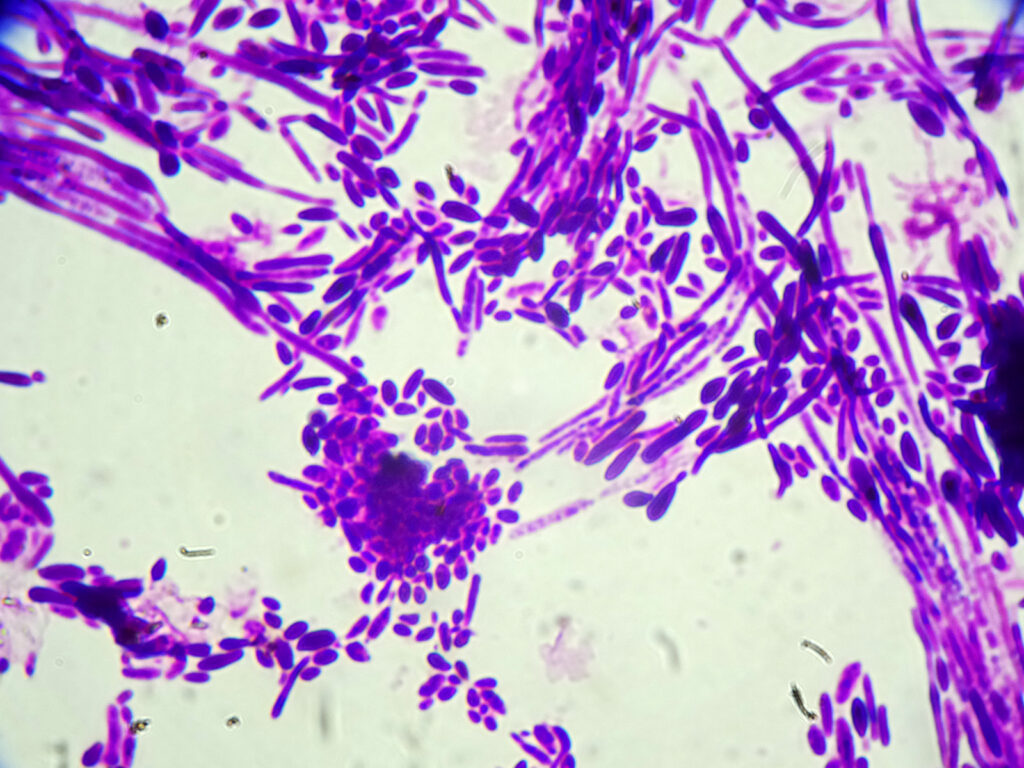
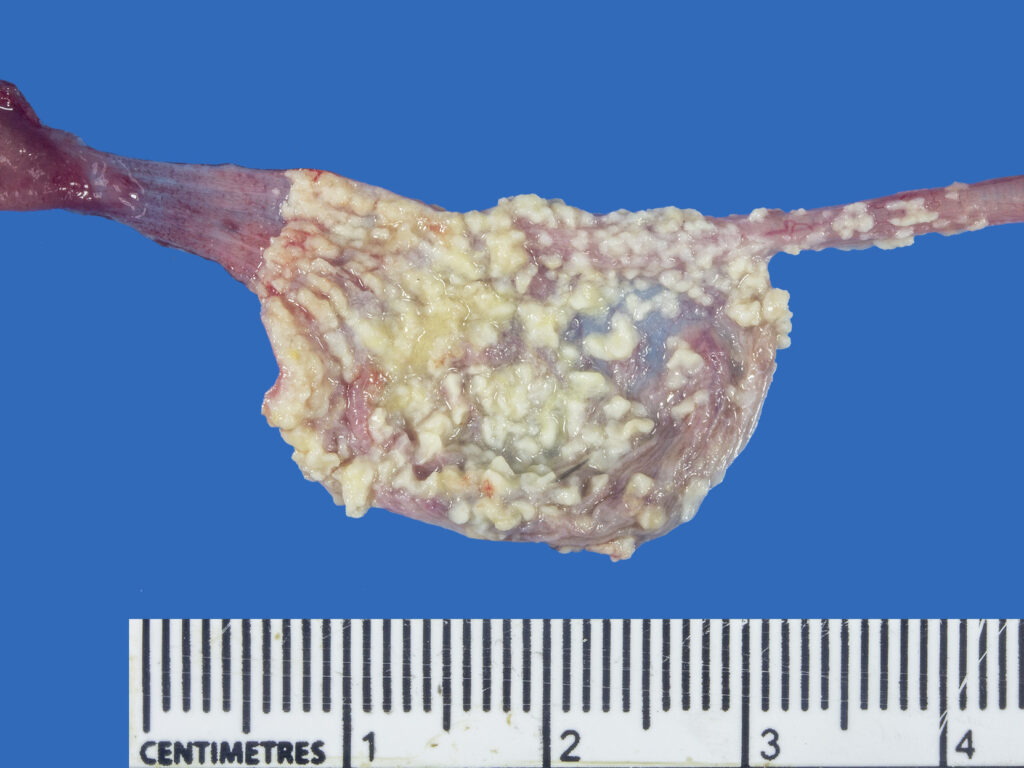

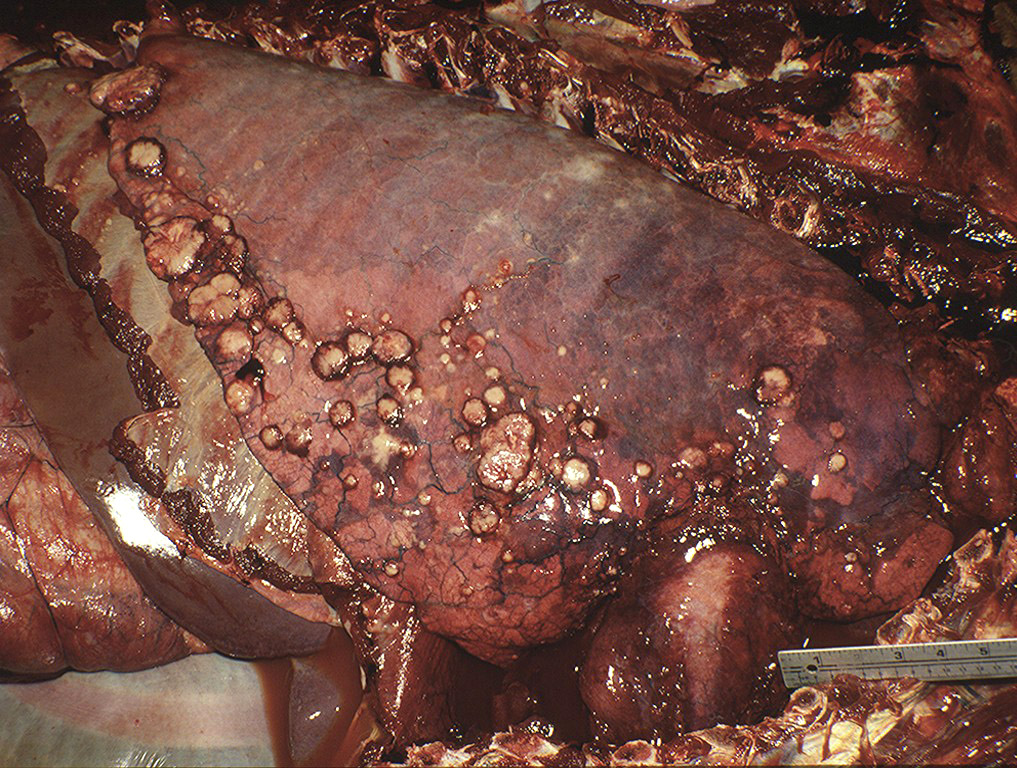

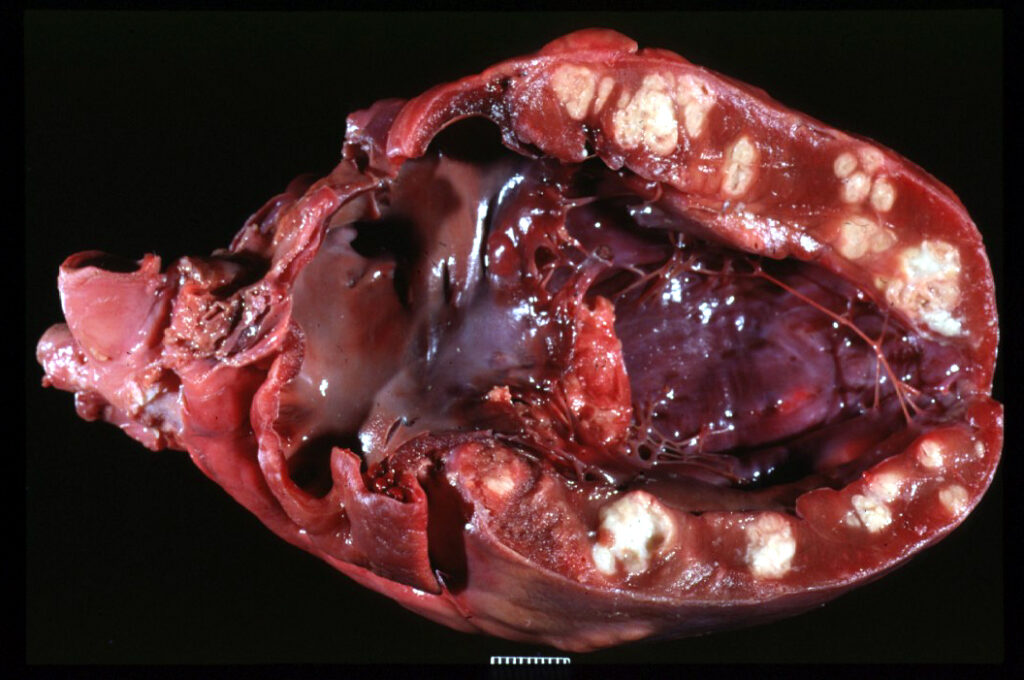
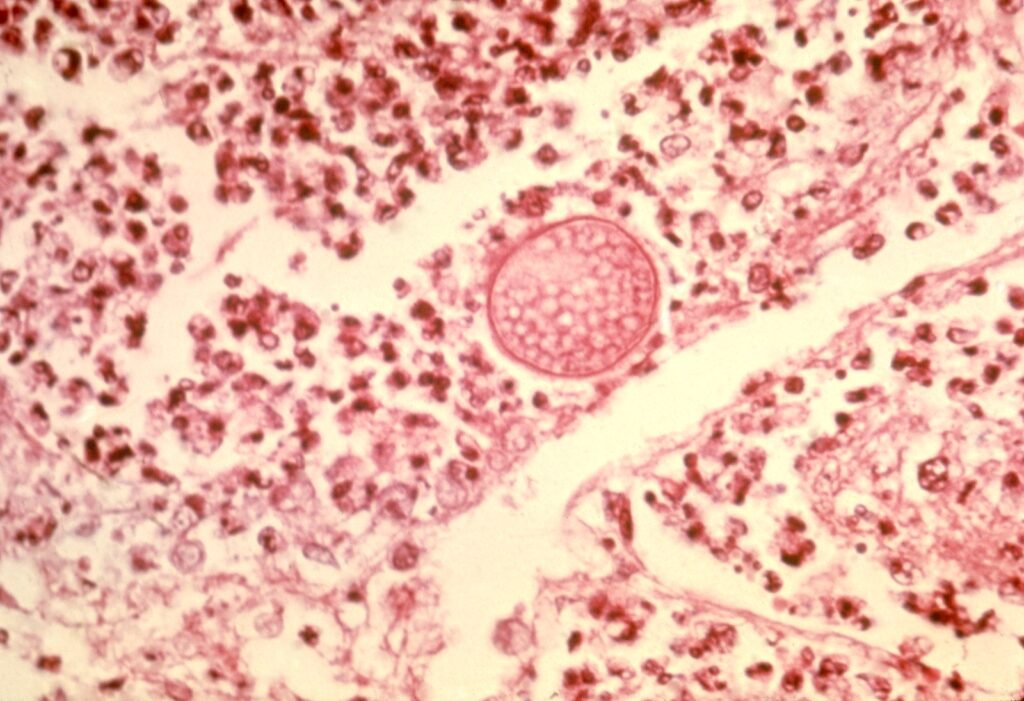
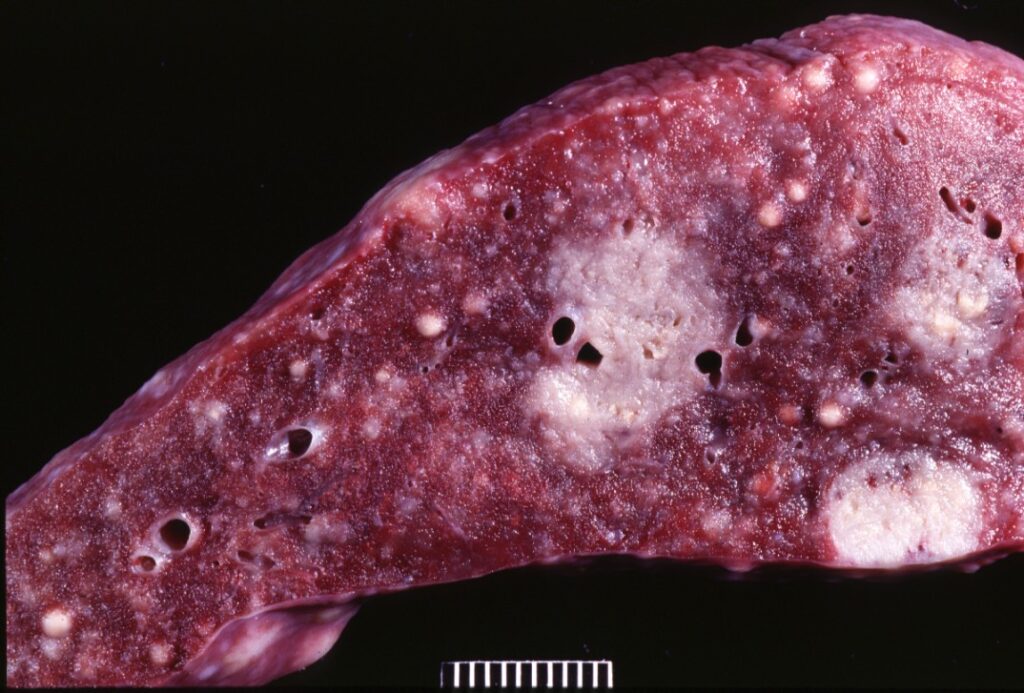
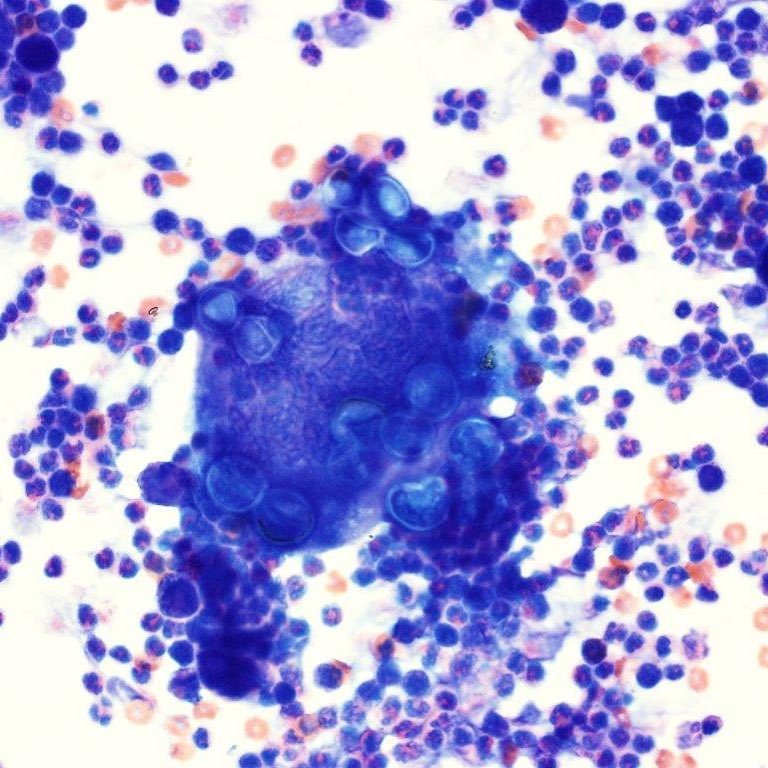
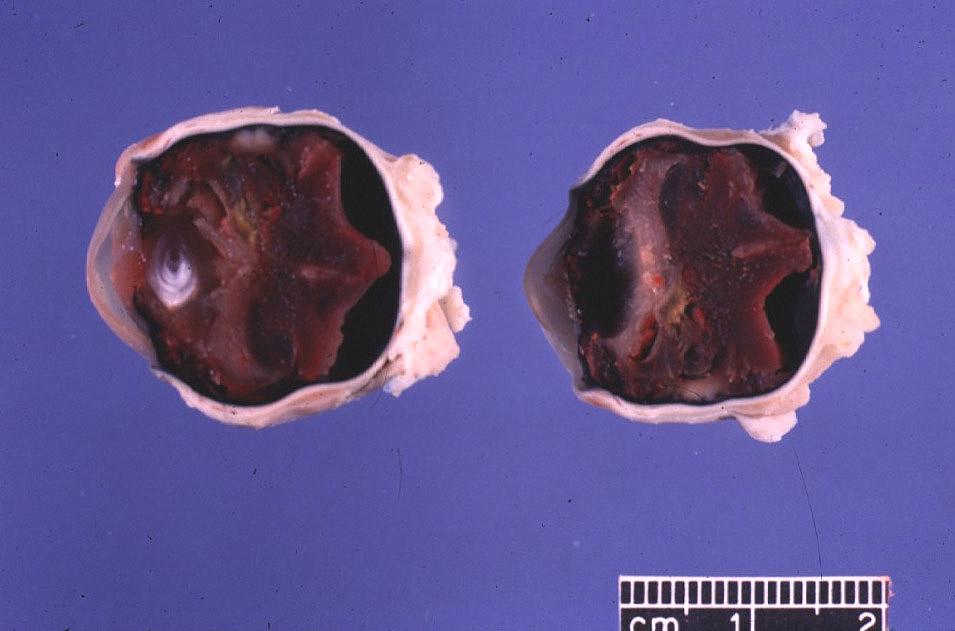
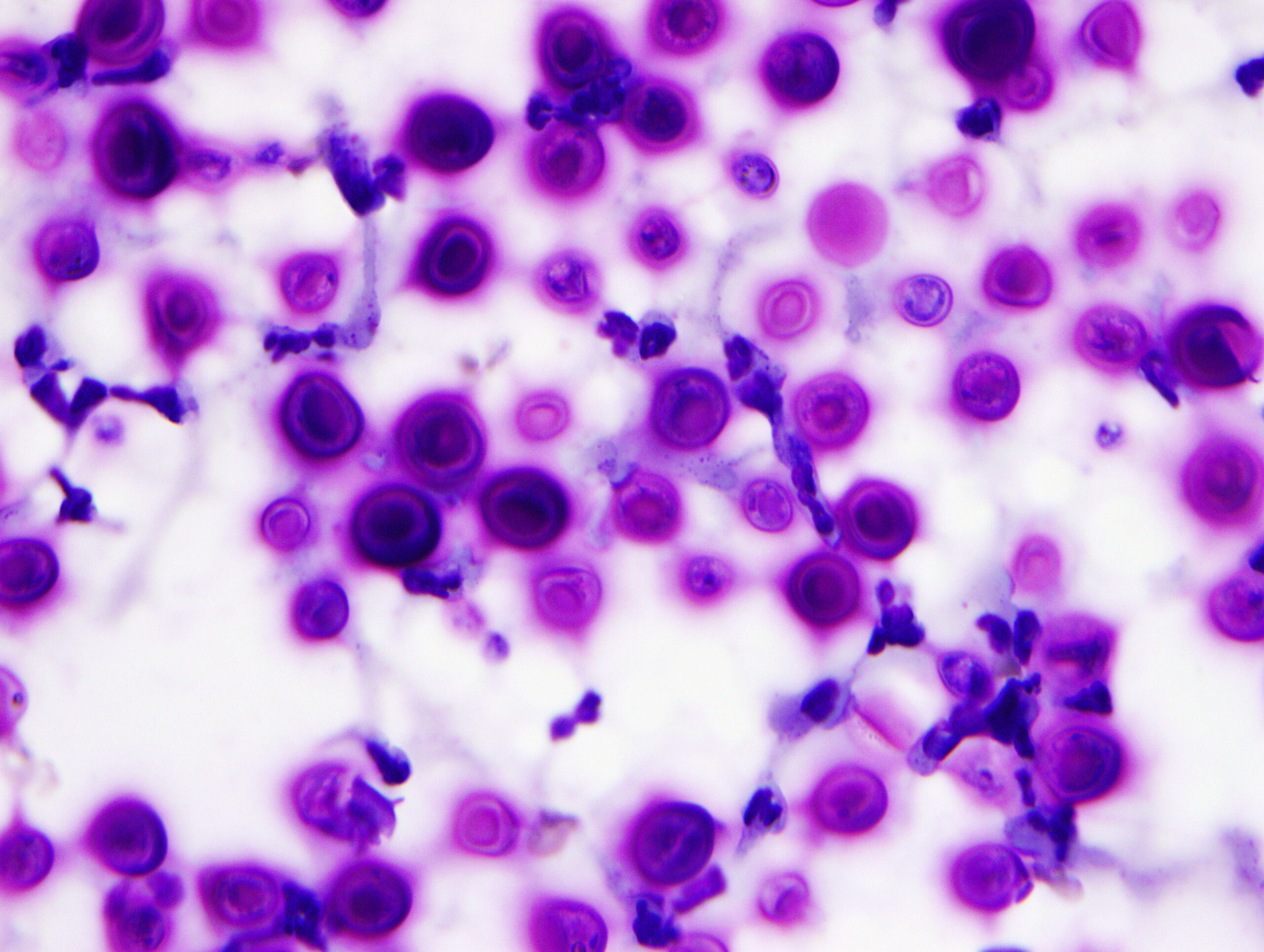

Sources
Zachary JF. Pathologic Basis of Veterinary Disease, Sixth Edition.
Photos 1, 5 © Wikimedia Commons contributor Navaho, PescediBabele licensed under CC Share Alike 4.0 International.
Photos 2, 4, 6, 8, 9, 10, 11, 12 © Noah’s Arkive contributors Kesdangsakonwut, Harrington, Metro, Peterson, Stahl, Camus, Holshuh licensed under CC BY-SA 4.0.
Photos 3, 7 © Centers for Disease Control and Prevention.



